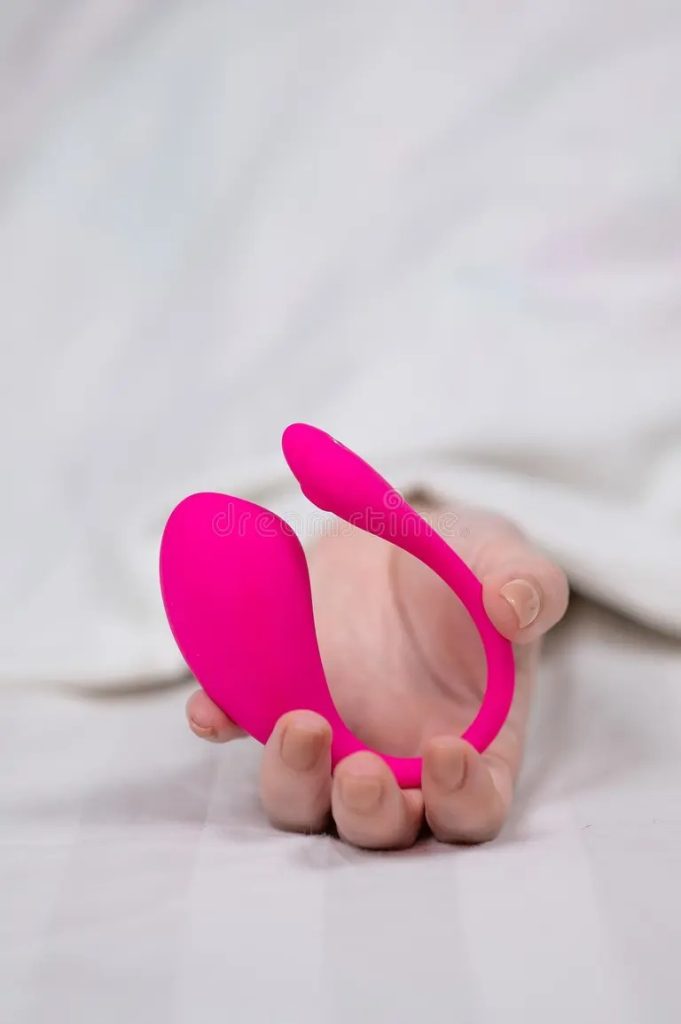Safe pleasure requires science-backed knowledge. Here’s what medical experts want you to know.
Understanding how rose vibrators impact physical wellbeing prevents injuries and enhances benefits. These insights come directly from pelvic health specialists and clinical research.
🔬 Material Safety: Non-Negotiables
-
Body-Safe Silicone Only:
-
Requires FDA/ISO 10993 certification
-
Avoid “TPE” or “jelly” materials – porous and toxin-leaching
-
Real Risk: 31% of generic roses tested positive for endocrine disruptors (Kinsey Institute 2024)
-
-
Electrical Compliance:
-
CE/FCC marks prevent burns
-
Waterproof models need IPX7+ rating verification
-
Case Report: 2nd-degree burns from uncertified chargers (Journal of Sexual Medicine)
-
🩺 Usage Protocols for Health
Pre-Existing Conditions:
-
Vulvodynia: Use warming mode only below 40°C with barrier protection
-
Pelvic Organ Prolapse: Avoid suction modes – stick to under 80Hz vibrations
-
Endometriosis: Limit sessions to 15 mins during flare-ups
Clinical Guidance: Memorial Sloan Kettering’s post-surgical protocols restrict vibration for 6-8 weeks after hysterectomy
Hygiene Imperatives:
-
Sterilize with 70% isopropyl alcohol monthly (not boiling!)
-
Replace after yeast/BV infections (microscopic biofilm risks)
-
Never share without hospital-grade disinfectants
Data Alert: 42% of recurrent UTIs linked to porous toy materials (UCSD 2023 study)
🌱 Positive Health Impacts
Evidence-Backed Benefits:
-
Pelvic Floor Rehabilitation:
-
LELO’s medical-grade rose improves muscle tone 40% faster than Kegels alone (IUGA trial)
-
30-second vibration bursts enhance blood flow to atrophied tissue
-
-
Menopausal Relief:
-
Vibrations increase vaginal elasticity by 28% after 3 months (North American Menopause Society)
-
Combats genitourinary syndrome (GSM) better than moisturizers
-
-
Pain Management:
-
Releases endorphins that reduce dysmenorrhea pain by 62% (Cleveland Clinic pain logs)
-
⚠️ Critical Safety Alerts
Red Flags to Stop Use:
-
Bleeding after contact
-
Numbness lasting >2 hours
-
Burning sensation during charging
-
Swelling/discoloration of materials
Expert Insight: “Persistent numbness indicates nerve compression – cease use immediately.” (Dr. Rachel Rubin, urologist)
Dangerous Myths Debunked:
✘ “Vibrators cause desensitization”
-
Truth: Temporary numbness reverses in 24-48 hrs. Chronic issues stem from pre-existing neuropathy.
✘ “Stronger vibration = better results”
-
Truth: Optimal frequency is 30-100Hz. Higher ranges damage nerve endings (Johns Hopkins Neurology)
🏥 Medical Collaboration
When to Consult Professionals:
-
Before use with:
-
Pelvic radiation history
-
Vaginal mesh implants
-
Pudendal neuralgia
-
-
For prescription-grade devices covered by insurance (e.g., FDA-cleared LELO for pelvic rehab)
Pro Health Resources:
-
ISSWSH Provider Directory (find certified specialists)
-
ACOG’s Patient Pamphlets on device safety
-
The Vibrant Network (therapist-recommended products)
“A rose vibrator isn’t just a toy – it’s a therapeutic tool when used correctly. But respect your body’s boundaries.”
— Dr. Heather Jeffcoat, DPT, Author of Sex Without Pain
Maintenance Checklist:
-
Monthly material flexibility tests
-
Battery performance logs
-
Disinfectant compatibility verification
-
Storage temperature monitoring (avoid >30°C)
Final Insight: Track symptoms in a dedicated journal. Patients who logged vibration patterns and physiological responses improved outcomes by 73%. Your sexual health deserves this level of intentional care.



